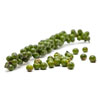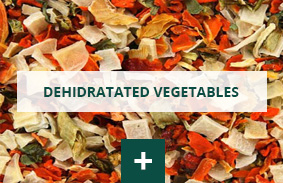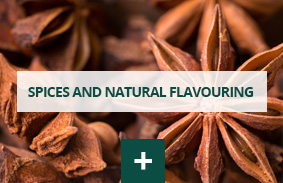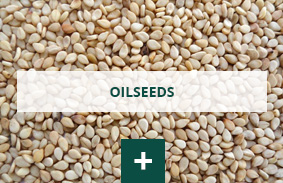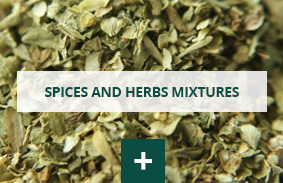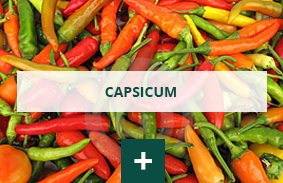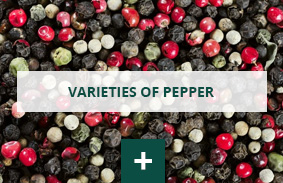Varieties of Pepper
It belongs to the Piperaceae family, and is a native of southern India. Today the largest producers of pepper are Vietnam, which is the biggest exporter in the world, India, which is the first consumer, Indonesia, Malaysia, Brazil and Madagascar.
The pepper plant is a long stem creeper, up to 10 m. Its fruits are small spherical berries, bright red when ripe.
Our offer includes: black pepper varieties (grain type TGEB, TGSEB, type TGSEB for sausage, ground, granulated, half a grain, grain ¼, 1/8 grain and many other types), white pepper (grain type Double Washed, Standard, Hand Picked, ground, granulated, half a grain, and other types), green pepper (dried, whole or ground and in brine), red pepper (in brine), pink pepper (dried, whole or ground), cubeb pepper.
Varietà
There are over 600 varieties of pepper (genus Piper), but few are used as spice, often distinguished only by the degree of maturation and the type of processing.Common pepper on the market is the fruit of Piper nigrum, consisting of small spherical green berries that reach a bright red when fully ripe. Depending on the period of collection and / or processing undergone, we can distinguish the following types of pepper:
- black pepper (collected at veraison and dried)
- white pepper (collected at veraison or later, dehulled by maceration in water or mechanically dried)
- green pepper (unripe harvest, dried and placed in brine)
- red pepper (ripe harvest, placed in brine)
The pepper plant is a creeper with a thin and woody stem. Its fruits (from 20 to 40 in each ear) contain a single seed, which is by far the largest and aromatic part of the fruit.
Food composition
Starch (33%), fats (7%), essential oil (1 – 2%), nitrogen compounds (12%) Piperine – an alkaloid, usually below 9%, responsible for the spiciness of pepper. It is contained both in the seed and in the pulp, especially in black pepper.
Healing effects
Pepper has digestive, anti-inflammatory and diuretic properties. It is used in case of anemia, diabetes and respiratory problems. The skins of pepper stimulates the absorption of fat by providing more energy to the body. Pepper can also have an external use on sebaceous glands. It is also used for relaxing and for rubbing muscles.
Culinary use
Pepper, depending on the type (white, black, green and red pepper) has a more or less pungent taste and aromatic smell. It is used either in whole grains, or crushed and ground into fine powder to flavor a wide variety of dishes: soups, sauces, meat, fish, stews, salads, sausages and so on. White pepper is used more traditionally in Western cuisine, while black pepper is the basic ingredient for a great variety of Eastern dishes. Typical recipes with green pepper, the delicate fillet. It is often mixed with other spices to flavor mixtures suitable for various types of meat and fish.
Since ancient times, pepper has been very useful for food preservation, especially for meat.
Preservation
Pepper grains keep their organoleptic properties longer than the ground or crushed pepper. Storage area must be cool, ventilated, poorly lit and dry.
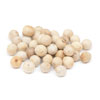
White Pepper From Vietnam
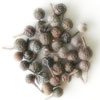
Cubebe Pepper

White Pepper from Brasil

White Pepper from and Thailandia

White Pepper from China

White Pepper Sarawak

White Pepper Muntok

White Pepper
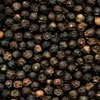
Black Pepper from Thailand, China, Ecuador, Honduras
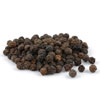
Black Pepper from Madagascar and Sri Lanka

Black Pepper Lampong
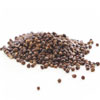
Guinea Grains

Black Pepper Sarawak

Black Pepper Brazil

Black Pepper Vietnam

Black Pepper India

Black Pepper
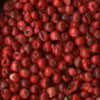
Pink Pepper
